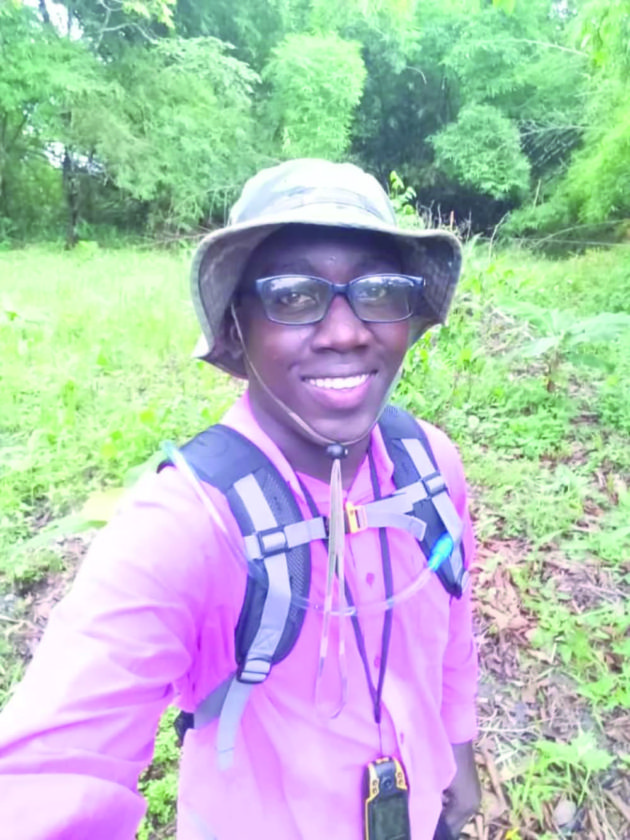
US-based Guyanese artist Stanwyck E. Cromwell is a second-generation artist. He is most famous for his colourful artwork narrating stories and memories of his beloved homeland.
Cromwell inherited his artistic gift from both of his parents. In addition, he credits much of his growth to his cousin and mentor, Maurice C. Jacobs, a noted Guyanese artist who nurtured him, and was resourceful in laying the foundation for his artistic development.
The notable artist graduated from the former British Guiana Educational Trust High School with high honours in art and other foreign languages, and was employed at Guyana Lithographic Company, as a graphic artist. During his time of employment at that company, he met and worked alongside well-known Guyanese artist Angold Thompson.
In 1970, he migrated to the United States of America, in pursuit of an art career, and has lived and worked in Bloomfield, Connecticut, for the past thirty-seven years. Cromwell earned a Bachelors of Arts degree in Applied Arts, from Charter Oak State College and also a Master of Fine Arts degree in painting from the University of Hartford.
His memories of Guyana are rich and abundant, but the most striking are the physical and aesthetic differences between the Caribbean and the United States of America as they pertain to art. Such artists as Cuban painter Wifredo Lam, African American artist, Loïs Mailou Jones and Surrealist painter, Salvador Dali, influenced some of his earlier works.

Saturated colours, patterns and textures show themselves in his collages, sculptures, paintings, and drawings. The movement and vibrancy of his colours are like an aesthetic chess game, where one movement affects the other. Cromwell uses a combination of figurative, abstract, and surrealistic art forms, in addition with symbols and metaphors.
The most frequently used, is the black-eye-pea, which he associates with his culinary Guyanese heritage. In other cases, Cromwell associates the black-eyed pea with the racial makeup of the United States, as it pertains to majority and minority. Other symbols include seashells, fish-like faces and rippled water-like patterns, which are symbolic of the ocean. In addition, he uses multiple overlays to created depth and imaginary mindscapes. His work is very energetic and commands the attention of the viewer.




